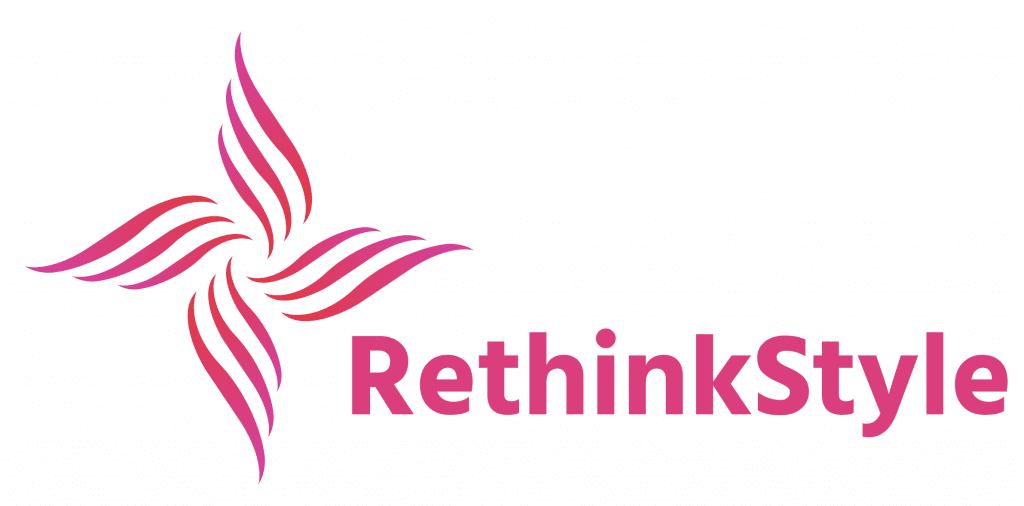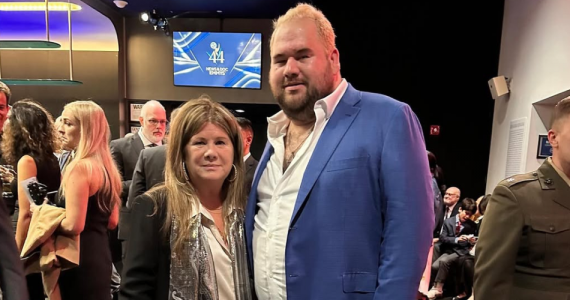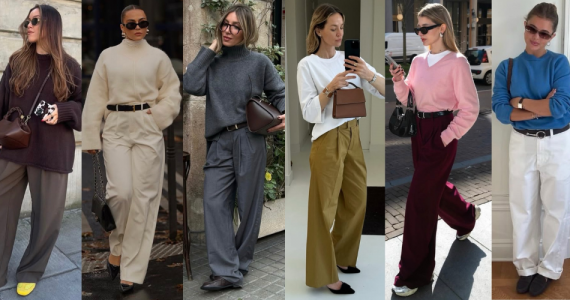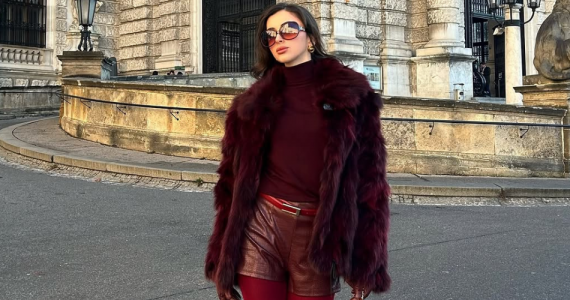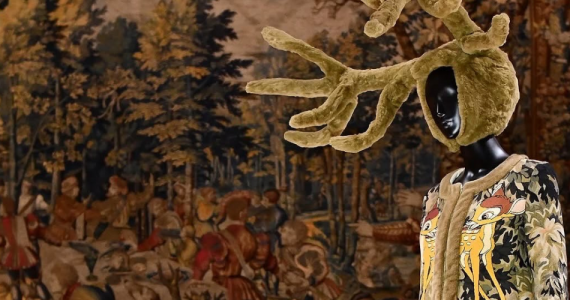For years, Victoria’s Secret Angels have been synonymous with glamour, beauty, and the epitome of the fashion industry. The Victoria’s Secret fashion show was an annual event watched by millions worldwide, eagerly waiting to see the latest lingerie collection, accompanied by the Angels adorned in their extravagant wings and dazzling outfits.
However, this iconic event was discontinued in 2019, marking the end of an era for Victoria’s Secret Angels. But what about the Angels made them so significant, and what impact did they have on the fashion industry?
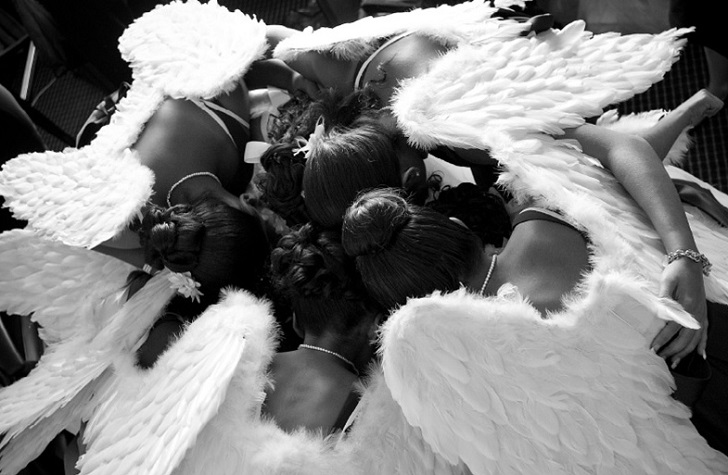
The Beginning of the Angel Phenomenon
The Victoria’s Secret Angels phenomenon began in 1997 when the brand held its first fashion show. The event was a success, and Victoria’s Secret continued to showcase its collections annually, each year with more extravagance and grandeur than the previous one.
However, it wasn’t until 2000 that the first Victoria’s Secret Angel was introduced – Heidi Klum. Klum was chosen to wear the first pair of Angel wings, marking the beginning of a new era for Victoria’s Secret. The Angel wings became essential to the brand’s identity, symbolizing femininity, power, and beauty.
The Role of Victoria’s Secret Angels in the Fashion Industry
The Victoria’s Secret Angels were not just models; they were the embodiment of beauty and fashion. They were seen as an aspiration, an idealized version of femininity that women aspired to be.
The Angels represented the pinnacle of the fashion industry, and to be chosen as an Angel meant you had reached the pinnacle of your career as a model. This meant that being a Victoria’s Secret Angel was not just about modeling but about being part of a movement.
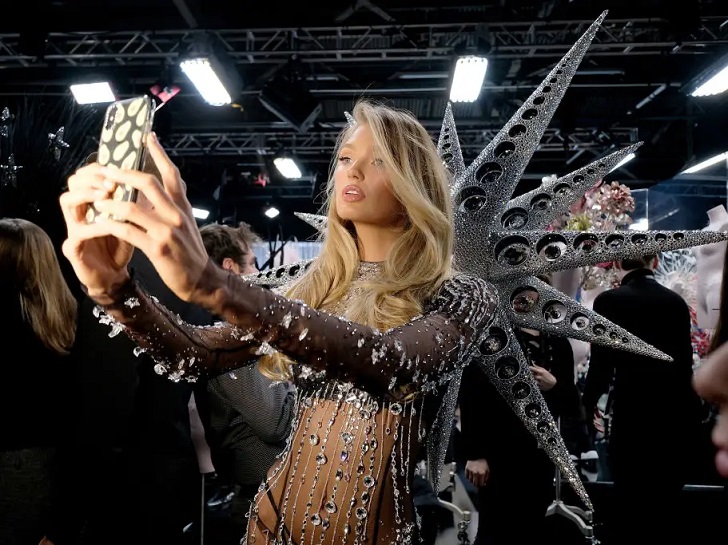
The Impact of Victoria’s Secret Angels
Victoria’s Secret Angels significantly impacted the fashion industry, both culturally and economically. The Victoria’s Secret fashion show was watched by millions worldwide, making it one of the most-watched fashion shows globally.
The show’s popularity meant that the brand had a massive audience, and the Angels were not only models but also influencers. The Angels had a significant impact on the way women perceived beauty, fashion, and sexuality. They redefined the meaning of being sexy, empowering women to embrace their sexuality and celebrate their femininity.
The Angels’ impact was also seen in the economic success of the brand. Victoria’s Secret’s annual sales were estimated to be around $7 billion at the height of the Angel phenomenon. The brand’s popularity and success were attributed to the Angels’ influence, who had become household names and were viewed as role models by many.
The Controversies Surrounding the Angels
Despite the Angel phenomenon’s success, it was not without controversy. Victoria’s Secret was criticized for its lack of diversity, with many calling out the brand for not including models of different races, sizes, and shapes in their shows.

The brand was also criticized for promoting unrealistic beauty standards, with many arguing that the Angels’ bodies were unattainable for the average woman.
The brand also came under fire for the sexist comments made by its executives. In 2018, Victoria’s Secret’s chief marketing officer made widely criticized comments, stating that he didn’t believe transgender or plus-size models should be part of the brand’s fashion show.
The End of the Angel Era
In 2019, Victoria’s Secret announced it would discontinue its annual fashion show. The brand faced declining sales and struggled to remain relevant in an evolving industry. The decision to end the fashion show marked the end of the Angel era, and the brand announced that it would be taking a new direction.
